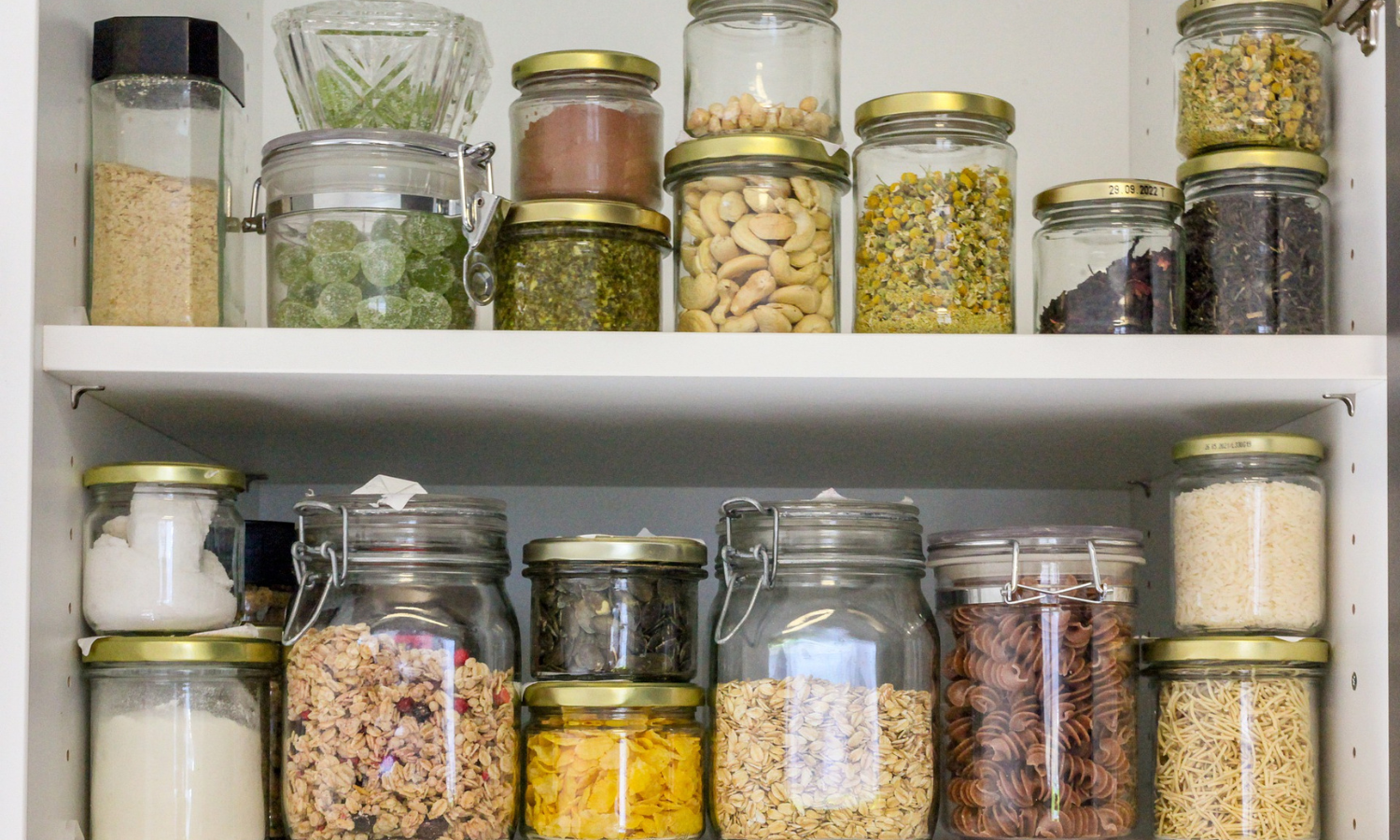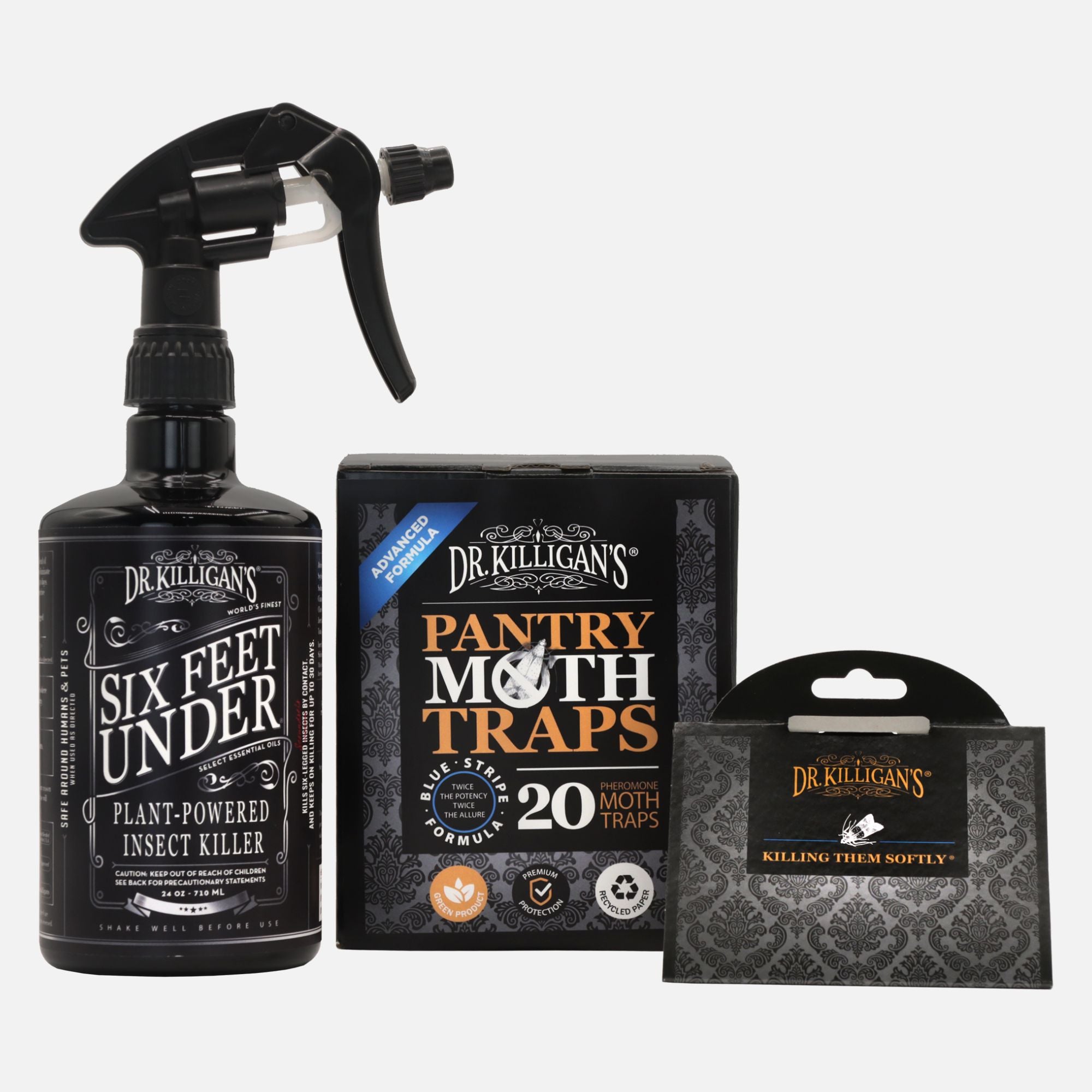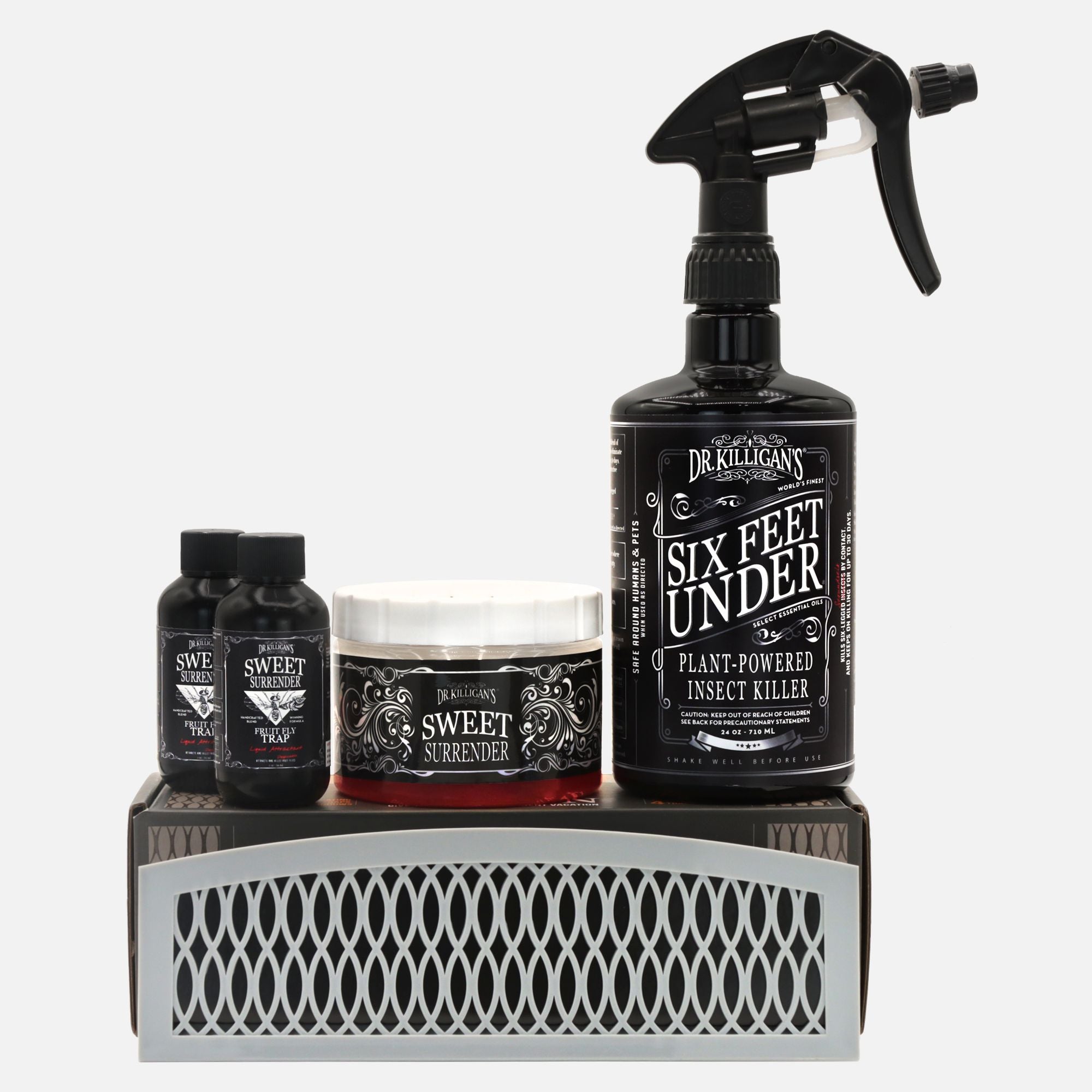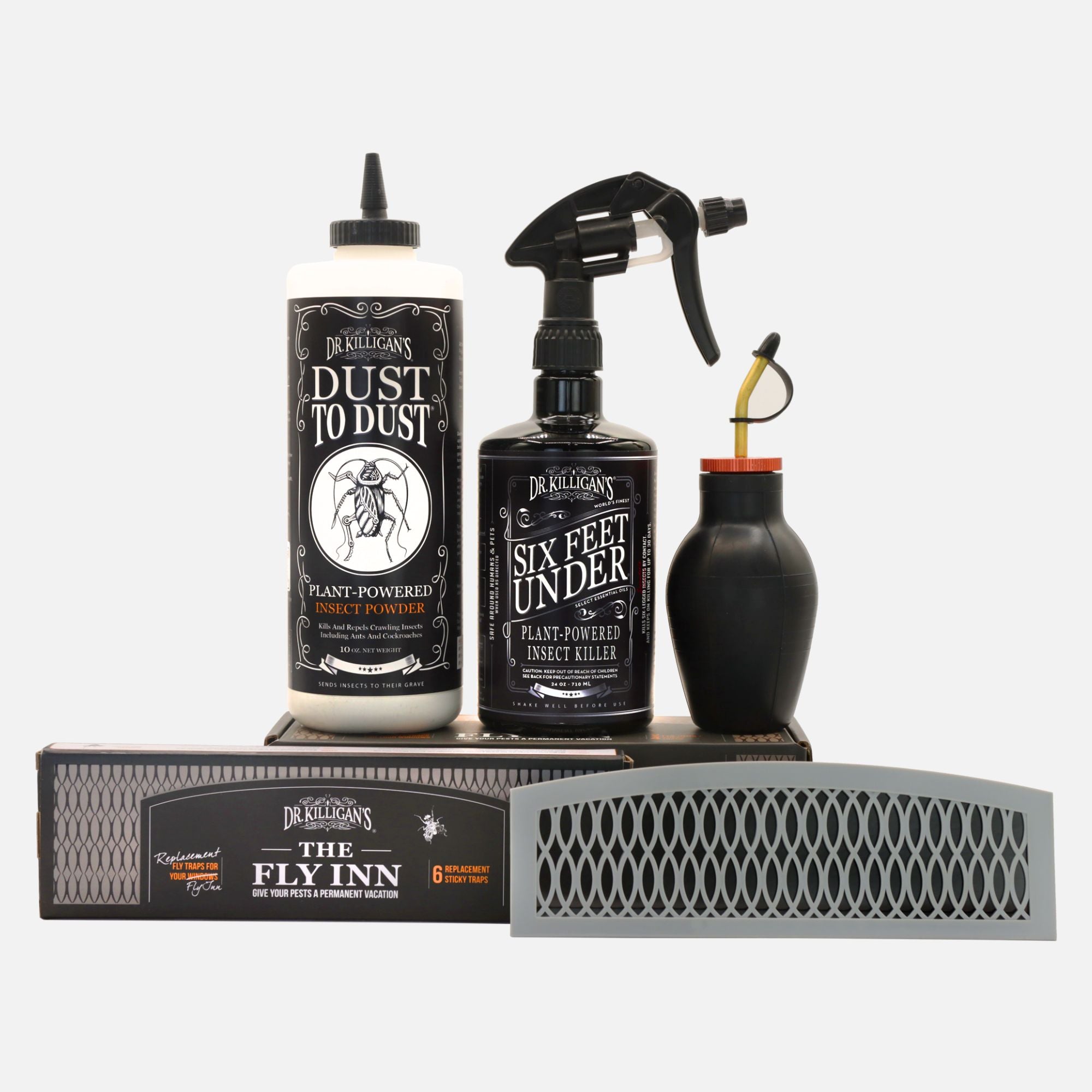Eliminating pantry moths can vary in complexity, depending on the infestation's severity. Often, you won't realize there's a problem until the life cycle completes—from egg-laying to larvae maturing into adults—when you start seeing moths flying around.
Getting rid of pantry moths

Managing a pantry moth infestation requires timely action. Adult moths, while short-lived, can lay up to 500 eggs during their lifespan, with larvae maturing in as little as 30 days or up to 300 days depending on conditions. For a comprehensive understanding of the moth life cycle and how it impacts the length of time necessary to get rid of an infestation, read our detailed guide:
To nip a pantry moth infestation in the bud, there are three key steps to follow.
1. Eliminate the source of your infestation. Instead of discarding the source in your indoor trash can and potentially exacerbating the problem, dispose of it outside. For tips on locating your source of infestation, read:
2. Do a thorough cleaning. Start by completely emptying your cupboards and food-storage areas to ensure a comprehensive cleaning. Inspect for any signs of pantry moths—such as larvae, cocoons, or holes—in packaging. Vacuum and scrub all surfaces meticulously, focusing on corners, the undersides of shelves and any cracks or holes. Use a simple water and vinegar solution for wiping down shelves, followed by Six Feet Under Plant-Powered Insect Spray to target any missed larvae or eggs. For a successful clean, understanding the dietary preferences and common hiding spots of pantry moths is crucial. Learn more by reading:
3. Place traps. Place three of Dr. Killigan’s Premium Pantry Moth Traps in a triangular formation around the infestation area. The traps’ pheromone lures male moths, who then become stuck to the glue. Note that you'll need to manually deal with female and juvenile moths. To maximize your traps' effectiveness and ensure they are placed strategically, deepen your understanding of proper trap placement by reading:
To wipe out all of the cycles of moths, it can take as little as 3 weeks or it can take up to 6 months. It depends on how bad the infestation is, how clean the kitchen is, and most importantly, if all of the contaminated food sources have been eliminated.
Preventing pantry moths
Here are prevention tips to permanently rid your home of these unwelcome winged visitors.

-
Store your goods in airtight containers. Place all grains, cereals, and other dry goods in mason jars, tins, or other tight-sealing containers. Thus, if you unintentionally bring a food item into your home that has pantry moth larvae, the moths will be contained within the container and you’ll only have one jar that you have to throw away!
-
Keep dry goods in your freezer or refrigerator. If you have space, keep your flour, oatmeal, baking mixes, and nut products in the freezer or refrigerator rather than your pantry or cupboards.
-
Freeze dry goods for 48-72 hours. If you lack storage space in your freezer or refrigerator, you may want to freeze your dried food items for 48-72 hours before using them in your home. Goods to freeze: oats, flour, grains, raw nuts, birdseed, pet food, corn-based cat litter, and any other bulk grain purchases. Freezing them will kill any larvae that might be present in these foods, thus preventing an introduction of them to your pantry.
- Keep a pantry moth trap out at all times. Keeping a trap out to attract moths will alert you to a problem before it gets out of hand. Opened, Dr. Killigan’s Pantry Moth Traps are good for three months from the date of manufacture. Unopened, they are good for three years from the date of manufacture.
Final word on getting rid of (and preventing) pantry moths
The end is in sight. Remember small victories. Chat, email, or call us if you’re feeling overwhelmed or perplexed (or any of an array of emotions that an infestation of pantry moths might conjure up). Chat with us at drkilligans.com, email us at support@drkiligans.com, or phone us at (844) 525-2779.




















